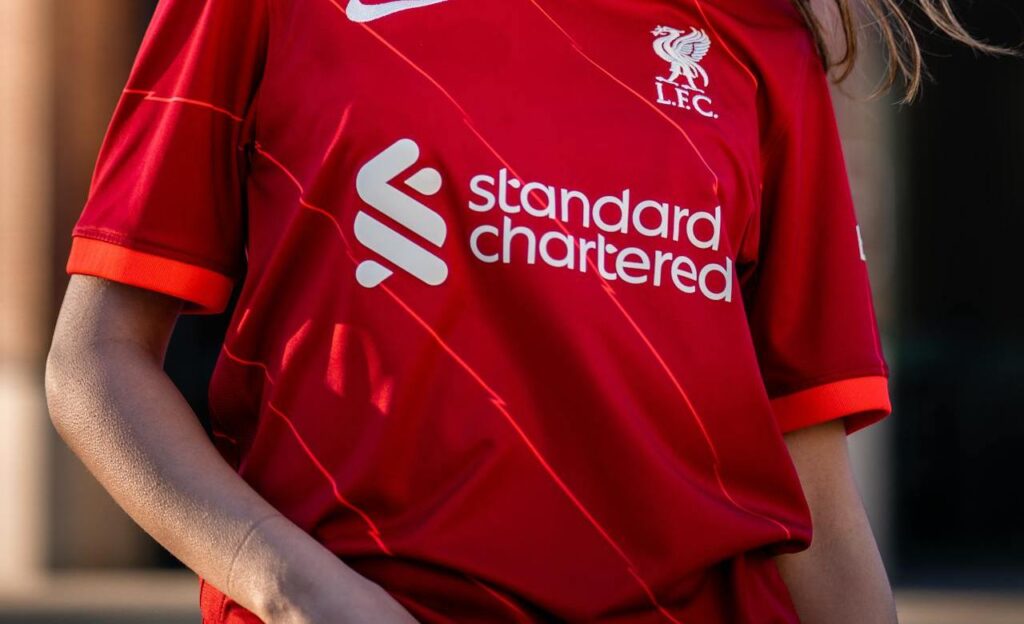Standard Chartered announced a $1.5 billion share buyback following an 18% rise in annual profit. The bank’s strong performance in wealth management and market divisions helped its share reach the highest level since 2015. Focused on Asia, Africa and Middle East, the strong growth comes despite the challenge of global economic uncertainty and rising interest rates in western banks.
The bank’s chief executive Bill Winters said he has no doubt that the market in the bank’s key regions will outgrow the world. It is because Stan Chart has positioned itself to take advantage of the boom in emerging market growth.
Market Reaction and Share Performance
StanChart’s Hong Kong-listed shares reversed early losses, climbing 4.4% to HK$116 ($14.93), outperforming the Hang Seng Index. At the start of the market, shares listed in London witnessed a rise of nearly 5%. Analysts were looking at an initial buyback of about $1 billion. The bank’s buyback is a $1.5 billion buyback.
The South African bank has said it generated a pretax profit of a whopping $6 billion for 2024, way up from the $5.1 billion in 2023. However, the pretax profit was slightly below the $6.2 billion average forecast of analysts. Standard Chartered aims for income growth and improved returns with a five-year $1.5 billion investment in wealth and digital platforms, client centres and brand marketing.
Wealth Management Fuels Growth
A significant portion of the bank’s success stems from its expansion in wealth management. In 2024 it added 265,000 new affluent clients, delivering $44 billion in new funds, up 61 percent from 2023. The bank is targeting net new money of $200 billion between 2025 and 2029. It also expects double-digit annual growth in wealth solutions income.
Standard Chartered’s financial health was shown by declaring a final dividend of 28 cents per share. The results are similar to HSBC’s recent earnings, which also saw profits grow owing to its wealth and personal banking units.
Challenges in Global Trade and Banking Strategy
Despite positive earnings, international banks face potential setbacks due to U.S. trade policies. Concerns about tariffs from the U.S. would impact institutions promoting global trade and investment. Yet, Standard Charter told investors that its institutional business has little risk.
According to Winters, only 1% of total corporate and investment banking revenue of the bank is U.S.-China cross-border income. He said the bank is not dependent on a single trade corridor, such lowes the bank’s risk factor.
With interest rates falling globally, banks like Standard Chartered and HSBC are focusing on fees for incomes. Managing wealth has become a key priority that has reduced the hit of lesser income. In addition, the bank continues to pull out of unprofitable markets, especially in retail banking, where regulatory cost and competition restricts profitability.
Strategic Focus for Long-Term Growth
Standard Chartered’s recent performance underscores its commitment to expanding in high-growth regions while optimizing its business model. The bank is focusing on wealth management and digital transformation to keep the trend of its growth.
Its share buyback of $1.5 billion and target of wealth generation further reinforce its long term vision.


